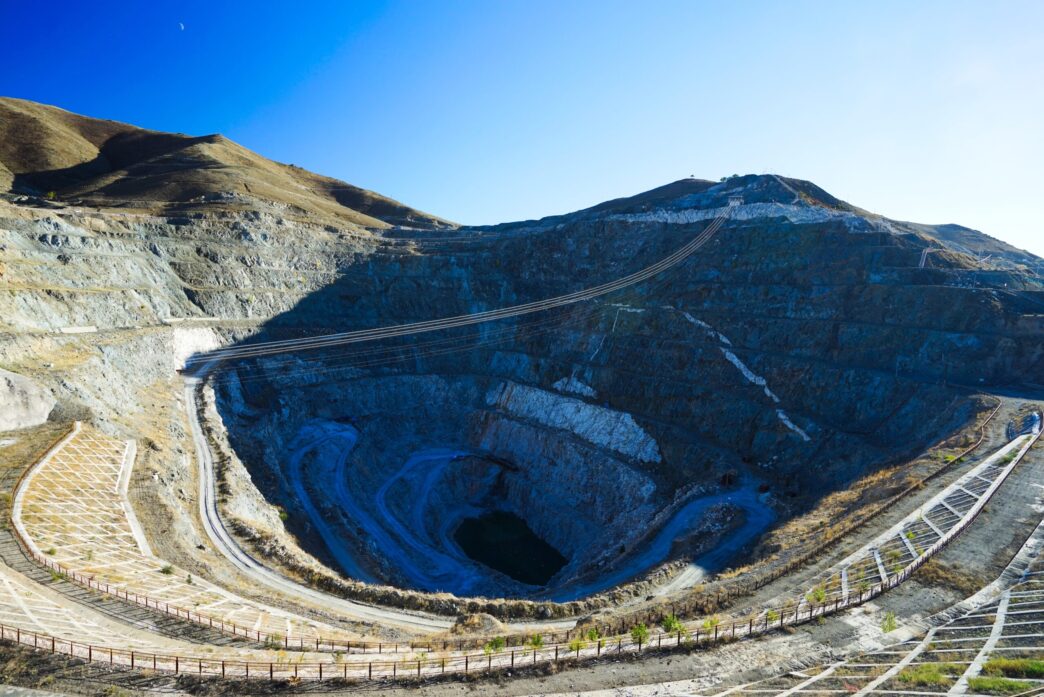Rare earth metals, crucial for advanced technologies ranging from electric vehicles to defense systems, have experienced a sharp price rally following a decisive move by the U.S. Department of Defense. The DoD set a $110 per kilogram price floor for neodymium-praseodymium (NdPr) oxide, aiming to stimulate domestic production and reduce dependence on China, which dominates global supply chains for these critical materials. This intervention comes amid tighter Chinese export controls and a global scramble by allied nations to diversify sources and strengthen processing capacity.
U.S. Policy: Establishing a Price Floor
The U.S. price floor is intended to provide a guaranteed baseline for producers, incentivizing investment in domestic extraction, refining, and processing of rare earth metals. NdPr oxide is essential for high-strength permanent magnets used in electric motors, wind turbines, and a range of military applications. By setting the floor at $110/kg, the U.S. government seeks to make domestic production economically viable and accelerate the development of local supply chains, mitigating the risk of supply disruptions from overseas.
China’s Export Controls and Market Dynamics
China currently controls more than 80% of global rare earth production and a significant share of processing capacity. Recent export restrictions have tightened the global supply of key rare earth metals, driving prices upward. In response, nations across Europe, North America, and Asia are actively seeking alternative suppliers and investing in domestic refining infrastructure. These moves are reshaping the rare earth market, with long-term implications for pricing, supply chain security, and geopolitical leverage.
Price Movements and Market Outlook
The combined effect of U.S. policy and Chinese export constraints has triggered a rapid increase in NdPr prices. Market watchers report that rare earth prices have surged, reflecting both constrained supply and robust demand from the renewable energy, electric vehicle, and defense sectors. Analysts anticipate that prices may remain elevated through the third quarter of the year, with short-term volatility influenced by policy announcements, production ramp-ups, and geopolitical developments.
Global Supply Chain Implications
The U.S. price floor is part of a broader strategy to reduce reliance on China for critical materials. Allied nations are accelerating efforts to secure supply chains through joint ventures, stockpiling programs, and investment in processing capacity. Companies are also exploring recycling of rare earth magnets and the development of alternative materials to further diversify supply. These initiatives reflect the strategic importance of rare earths and the recognition that control over these materials has implications for national security, technology leadership, and industrial competitiveness.
Investment and Industry Impact
For producers and investors, the price floor offers new opportunities. Domestic mining and processing projects may see increased capital inflows, while companies specializing in rare earth extraction, separation, and refining could benefit from guaranteed baseline prices. At the same time, market participants remain cautious about potential oversupply if production ramps up too quickly or if geopolitical tensions ease and China expands exports.
Conclusion
The U.S. Department of Defense’s establishment of a $110/kg price floor for NdPr oxide marks a turning point in the global rare earth market. By incentivizing domestic production and signaling a strategic challenge to China’s dominance, the move has sparked a surge in rare earth prices and reinforced the urgency of securing reliable supply chains. As global demand for high-tech applications continues to grow, rare earth metals will remain a critical focus for policymakers, investors, and industrial planners alike, with market dynamics shaped by both geopolitics and technological innovation.
















